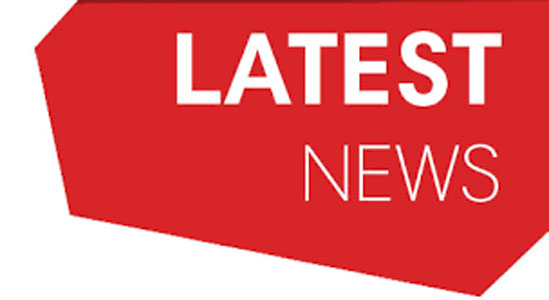Debt skyrockets in South Africa – with nothing to show for it
(:E-:N-:R-AZ:C-30:V)
South Africa’s government has significantly increased debt over the last 15 years but has nothing to show for it besides hurting its international reputation.
Data from the International Institute of Finance showed that global debt rose to a record $331.8 trillion at the end of June 2024, up 3.1 percent from the previous year.
Stanlib Chief Economist Kein Lings noted that the past ten years have seen a global rise of $88.2 trillion, including an unprecedented surge shortly after the start of COVID-19.
In a slight relief for South Africa, global debt is not evenly distributed, with over 95% of the rise in global debt coming from six countries – the USA, China, India, Canada, South Korea and France.
As of June 2024, South Africa’s total debt (including government, household and corporate debt) amounted to a record high of $699.5 billion, which is roughly equal to $11,099 (R202,450) per person. Most of this is linked to the public sector.
Debt is equivalent to 177.1% of GDP, up from 141% of GDP at the beginning of 2014, making South Africa the 12th most indebted emerging market out of 32 countries.
“Since the beginning of 2014, almost all the increase in South Africa’s debt as a ratio of GDP has been due to higher government debt, which has risen from 42% of GDP at the beginning of 2014 to around 75% of GDP in the middle of 2024,” said Lings.
“Furthermore, when the Institute of International Finance released their Q2 2024 estimates of global debt they specifically flagged a short-list of governments that have increased their debt at an especially rapid pace since 2009.”
“South Africa was ranked as having the seventh fastest-growing level of government debt since 2009. This is not a great way to be referenced in an international economic research document.”
Luckily for South Africa, the list did not include an estimate of how efficiently the government debt was utilised; otherwise, South Africa would have been closer to the top of the list
Although many countries have increased their debt to develop the economy and sustain economic activity, South Africa’s public has not shown up.
“The result is a massive increase in debt that has been accompanied by a substantial slowdown in economic activity and a pronounced deterioration of South Africa’s international credit rating,” said Lings.
“Under this circumstance, it would be unwise for the South African government to further increase their debt without first having fully repaired the state’s institutional capacity, and without a sustained expansion of the tax base through a steady increase in employment.”
“This means economic policy needs to focus heavily on encouraging the private sector to invest and employ.”
On the other hand, South Africa’s household debt is at a manageable 34.2% of GDP in the middle of 2023, down 38.9% of GDP ten years ago and below the average for emerging markets of 47% of GDP.
That said, given South Africa’s unemployment rate of 32.1% towards the end of 2024, Lings noted that it would be unwise to try and leverage the household sector balance sheet to boost economic activity unless there is a significant increase in formal sector employment.
A surge in household debt without an increase in employment would likely result in increased bad debts and unwanted pressure on the banking sector.
Where there is potential
South Africa’s non-financial sector has been extremely conservative over the last decade, reducing its debt-to-GDP ratio from 34.9% to 32.2% in mid-2024.
This figure also includes the debt owned by South Africa’s State-Owned Enterprises, such as Eskom and Transnet.
For comparison, non-financial corporate sector debt amongst emerging markets currently averages 93.5% of GDP.
“There are many reasons for South Africa’s relatively low level of corporate debt, including a sustained low level of business confidence, a dearth of fixed investment in the private sector, and conservative/prudent financial management,” said Lings.
“While this has been unhelpful from an economic growth perspective, it highlights the need to encourage private sector fixed investment and the expansion of the capital stock and employment within all economic sectors.”
“Understandably, this is very unlikely to happen in isolation and in the absence of sustained higher economic growth. This means that South Africa needs to first focus on the increased use of private/public partnerships to develop key economic infrastructure.”
Lings notes that successful public-private partnerships could increase economic growth, employment and business confidence. This will also see a systematic unlocking of the corporate balance sheet that has the potential to become self-reinforcing.
“While some people may be critical of this approach given their own economic ideology, the truth is that South Africa finds itself in this position due to the gross mismanagement of the public sector balance sheet, which has dramatically narrowed South Africa’s policy options.”
Shop: 20 x Stickers: My Boss is an Austrian Painter
These are Glossy, high quality stickers. 3 inches by 5 inches. Pack of 20 stickers.
You can follow Jan on Gab
Gab is a Christian owned, Right Wing Twitter-like Platform. I‘m very active there daily.
AfricanCrisis Archive - 110,000 Articles from 2001 to 2012
This is my archive of my oldest articles, writings and news from my original website which ran from 2001 to 2012. In total, I managed to recover 110,000 articles. You can read them, search them and view them at this link. Just click SEARCH on the top right.
